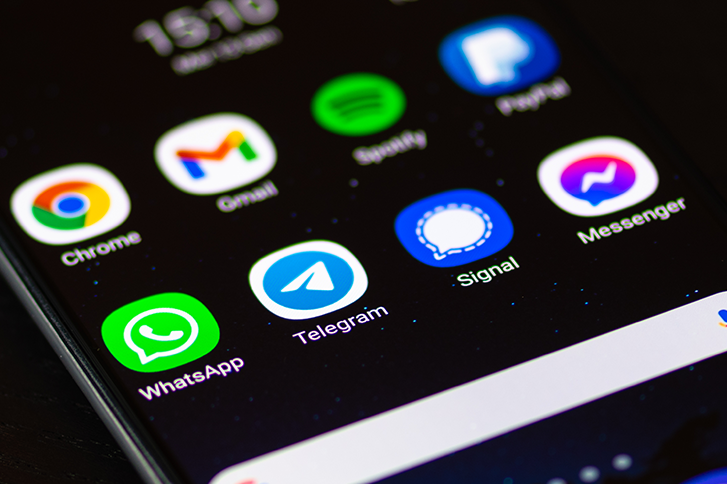The first Short Message Service (SMS) with the text “Merry Christmas” was sent on December 3rd, 1992, by Neil Papworth at Sema Group Telecoms to Richard Jarvis at Vodafone. Also known as Texting, SMS was initially meant for communication between Mobile Phones with Short messages (within 160 characters).
Like any technology, the growth of SMS was very slow with an average of 0.4 texts per month in 1995, which saw an increase by 2000 to 35 a month per person, as the phones and networks adapted to incorporate keypads as well as better interface. In 2020, we saw an average of 94 texts a day per person, which is more than 18 billion texts a day worldwide. This includes both P2P (Peer to Peer or also known as Mobile to Mobile) and A2P (Application to Peer or also known as System to Mobile) messages.
In early 2000, SMS became one of the most popular advertisement media for businesses, apart from their regular (transactional) communications. In the last few years, mobile penetration was higher than any other electronic tools, which further helped the growth of SMS industry. And as SMS communication was possible without the need for Internet connectivity, more brands started including Bulk SMS as one of their main marketing channel. Compared to any other digital communication platform, SMS has the highest open rate (more than 95%) and hence better and faster response rate.
Similar to any mass communication channels, SMS also had its own drawbacks when the volumes increased. Consumers were bombarded with advertisement messages (Marketing SMS) even from brands that they have never visited or expressed their interest. And there are scamsters who found this as an easy target for tricking consumers in sharing their confidential information or to click on web links. This lead to many complaints to operators and regulatory authorities. Most importantly, consumers started missing on important communication from the brands (like OTP SMS or Alerts) that got mixed with promotional SMS.
In order to differentiate between Marketing SMS from important Transactional SMS, operators came up with different rules that include having separate sender names, marking sender name with AD or ADV word, adding keyword at the beginning of the message, etc. This helped consumers to segregate important Transactional SMS from Marketing SMS.
How to Differentiate Marketing Messages from Transactional Messages
Marketing SMS, also known as Promotional or Bulk SMS, are those messages that promote a product or service. This can be discounts, sale, or asking the consumer to visit a website or download a mobile application. In other terms, any SMS that is not initiated by the consumer by interacting with the brand is termed as Marketing SMS.
A transactional SMS, on the other hand, are those messages that are either alerts, notifications or latest updates as per customer request or information related to customer’s interaction with the brand. This includes OTP messages, purchase information, delivery information, etc.
Rules and Regulations

To ensure proper delivery of Marketing and Transactional SMS, it is very important that we adhere to the rules and regulations of the respective countries. Many regions are making it compulsory to follow customer data protection, like GDPR, that dictates how a customer’s information can be stored and used. A good majority of the regulatory authority instructs to obtain prior consents from consumers before sending them any marketing communications. Similar to the new law introduced in India by TRAI, UAE TRA has mandated that any promotional messages (bulk SMS) are only allowed to consumers who have given their explicit consent and these consents are uploaded to a central block chain based platform.
It is hence important that the brands implement plans to collect customer consents in physical or digital format. At the same time, consumers should have an option to opt out (unsubscribe) at any time from such marketing communications in the future. Precise has launched OCAMA, a cloud based customer consent management platform, that will help you in managing your customer consents and uploading to operator platform. Speak to one of our representative to know more details about OCAMA.
Since Transactional SMS are initiated by Customers, there are hardly any mandates in sending such SMS, but it is important to note that we do not include any offers or promotional content within such messages to avoid getting blocked or fined by the operators.



